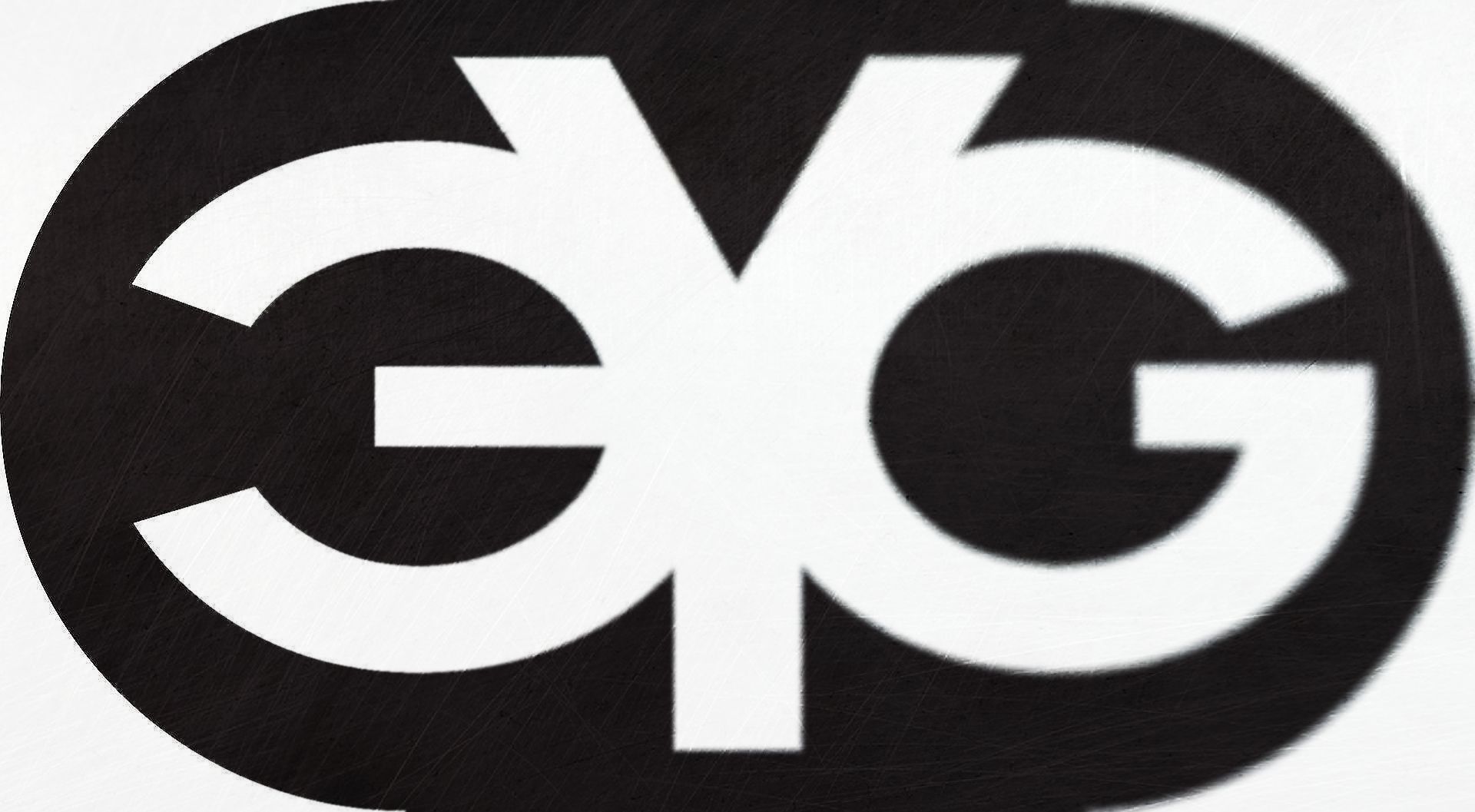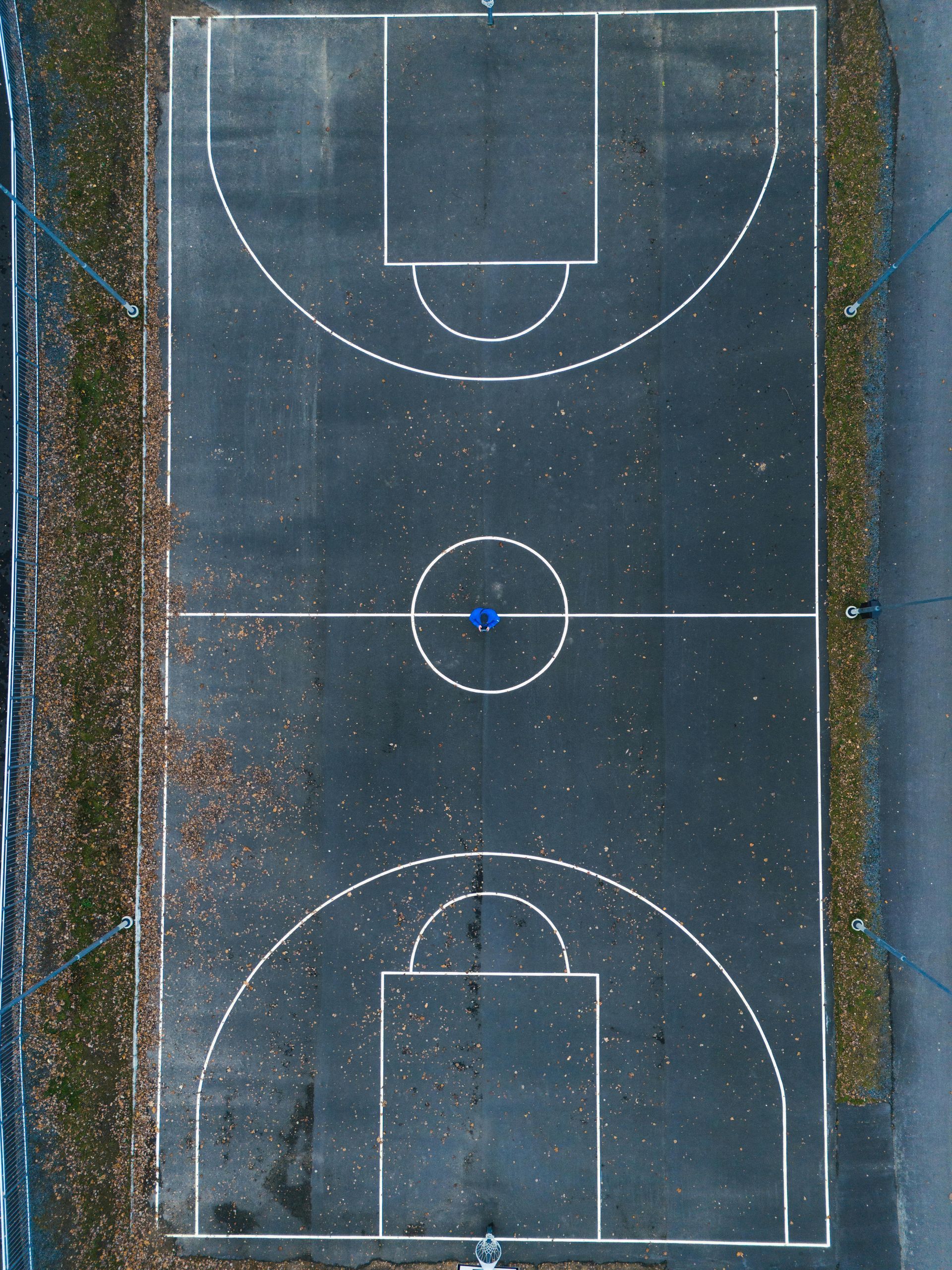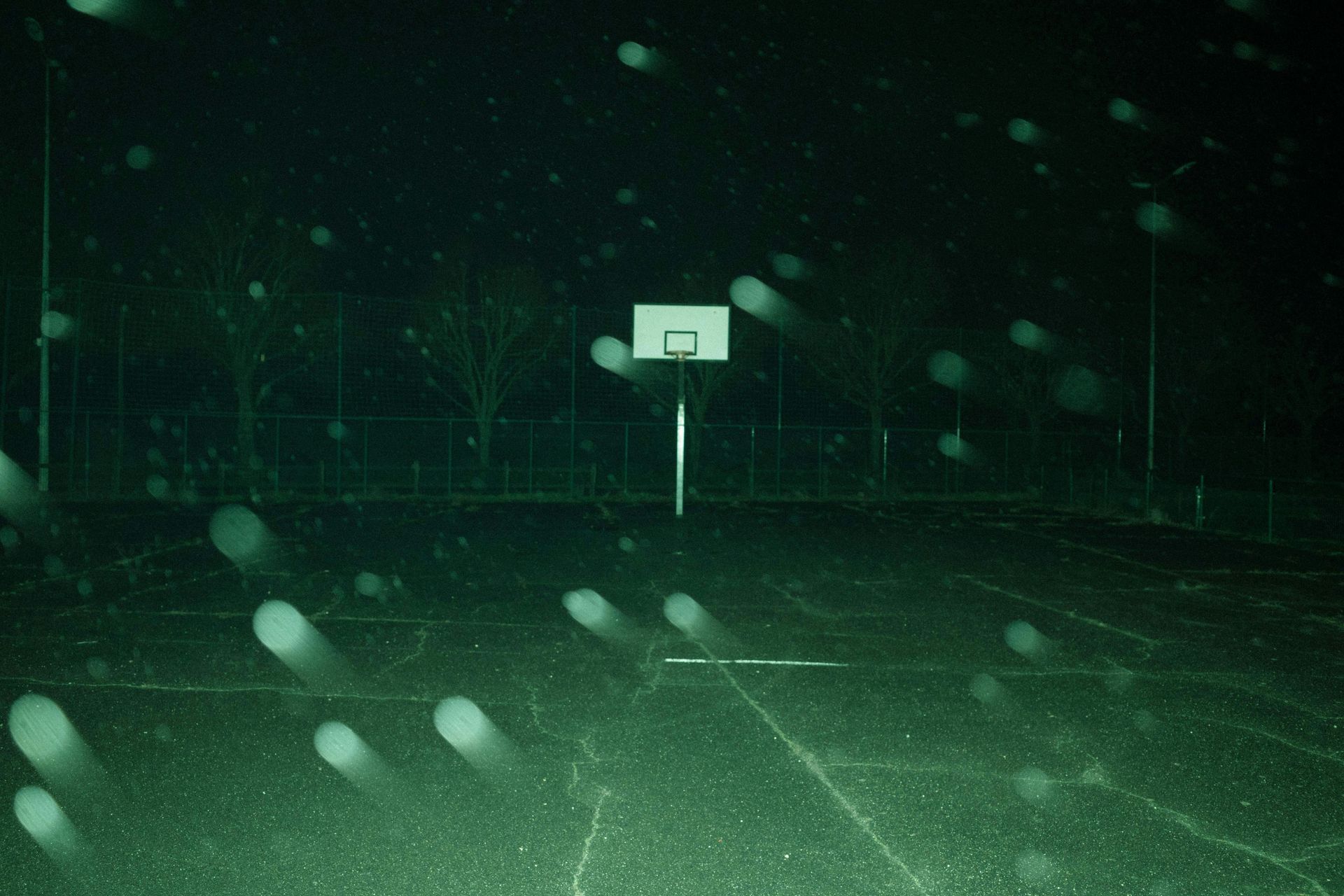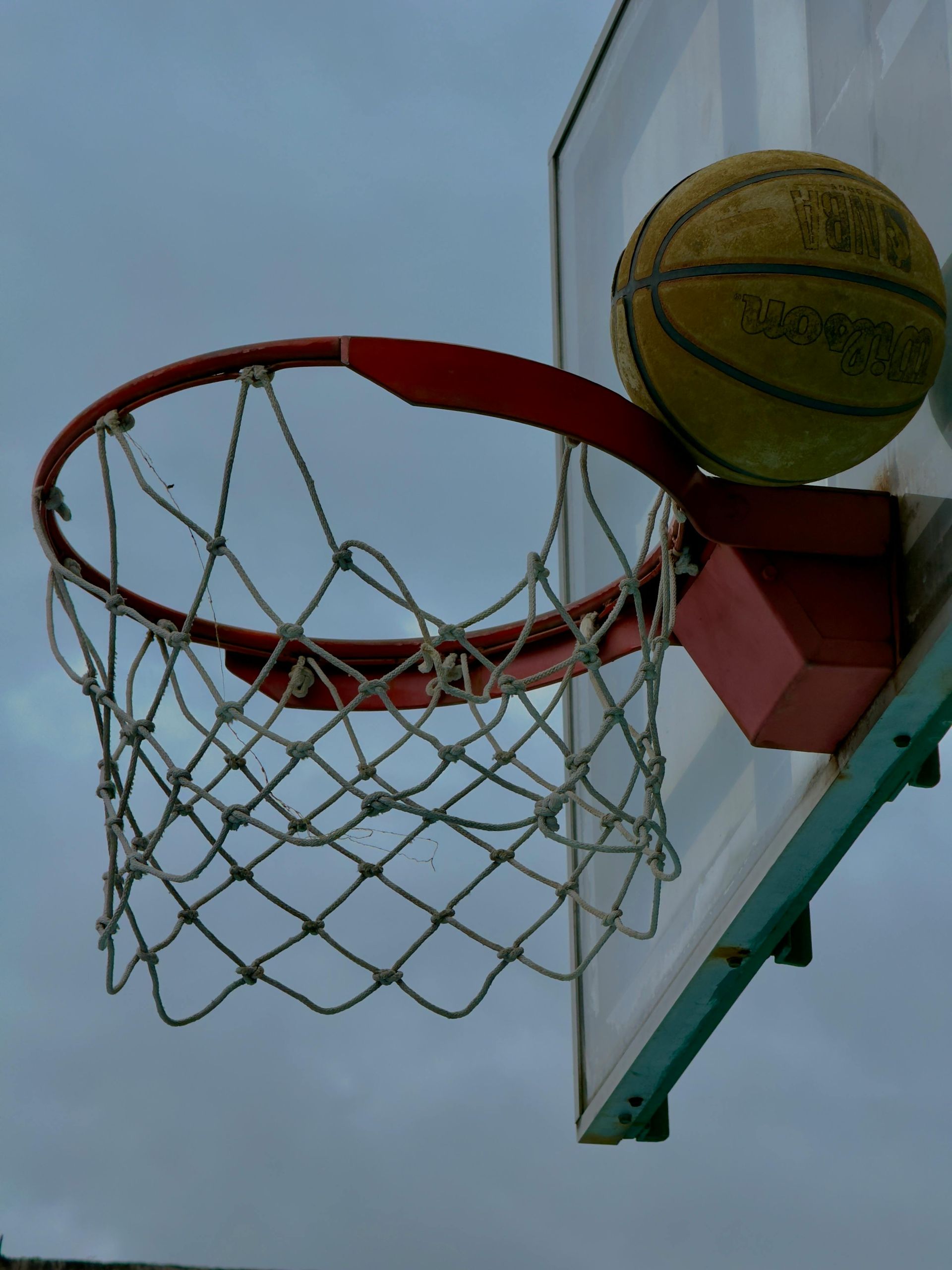Galen Harkness • July 5, 2023
Mastering the Art of Scoring at the Rim
Scoring at the rim and in the paint is an essential skill for high school basketball players
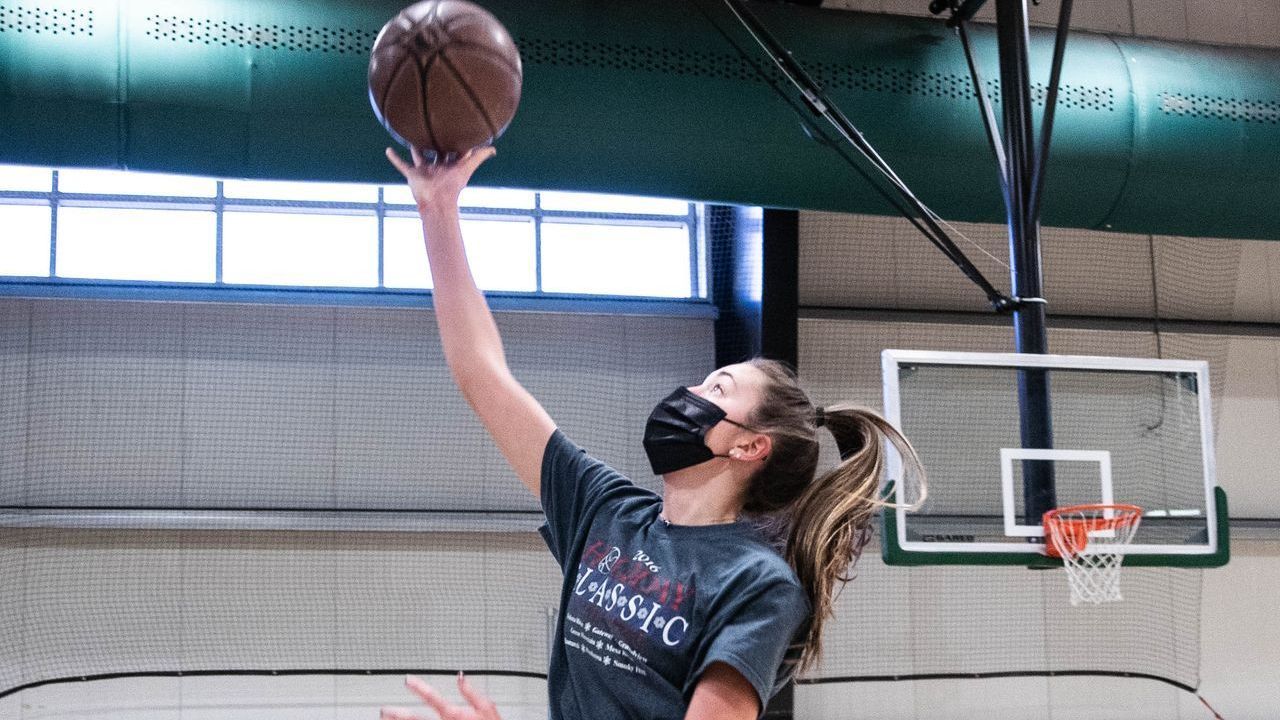
Scoring at the rim and in the paint is an essential skill for high school basketball players who dream of impacting the game on the court. It's the ability to drive fearlessly toward the basket, finish with finesse, and dominate the paint that separates the good from the great. In this blog post, we will break down the steps necessary to master this impactful aspect of the game. Whether you're a budding athlete or an aspiring champion, the knowledge and inspiration shared here will help you unleash your scoring potential and pave the way for success in high school basketball.
Step 1: Master the Art of Driving
The foundation of scoring at the rim begins with mastering your driving. This entails developing explosive footwork, quick dribbling skills, and the ability to change directions seamlessly. Practice drills that focus on speed, agility, and coordination to enhance your driving abilities. Remember, speed alone is not enough; precision and control are key to blowing past defenders and making your way to the basket.
Step 2: Polish Your Finishing Skills
Scoring at the rim requires finesse and versatility in finishing. Layups are your go-to weapon in close-range situations. Work on various layups, including using the backboard for a soft touch, shooting with both hands to keep defenders guessing, and adjusting mid-air to evade shot blockers. By diversifying your finishing arsenal, you'll become a nightmare for defenders trying to disrupt your path to the basket.
Step 3: Embrace Body Control and Physicality
To truly dominate the paint, you must embrace the power of body control and physicality. Building strength and conditioning your body will allow you to absorb contact and finish plays with authority. Develop a sturdy base, practice balance drills, and learn to finish through contact. By staying composed and focused amidst challenges, you'll emerge as a force in the paint.
Step 4: Develop Basketball IQ
Scoring at the rim is not just about raw athleticism; it also demands a high basketball IQ. Understand the game flow, recognize defensive gaps, and make quick decisions on when to drive, when to pass, and when to utilize your scoring skills in the paint. Study game footage, learn from experienced players, and constantly analyze the strategies employed by successful scorers. By honing your basketball IQ, you'll elevate your overall offensive game and maximize your impact on the court.
Conclusion:
Becoming a master of scoring at the rim and dominating the paint requires dedication, hard work, and an unwavering belief in your abilities. By following the steps outlined in this blog post, you'll be well on your way to unleashing your scoring potential. Remember, every great player started somewhere, and with passion, perseverance, and a growth mindset, you too can accomplish big things on the court. So lace up your sneakers, embrace the challenge, and let your scoring prowess propel you to success.
